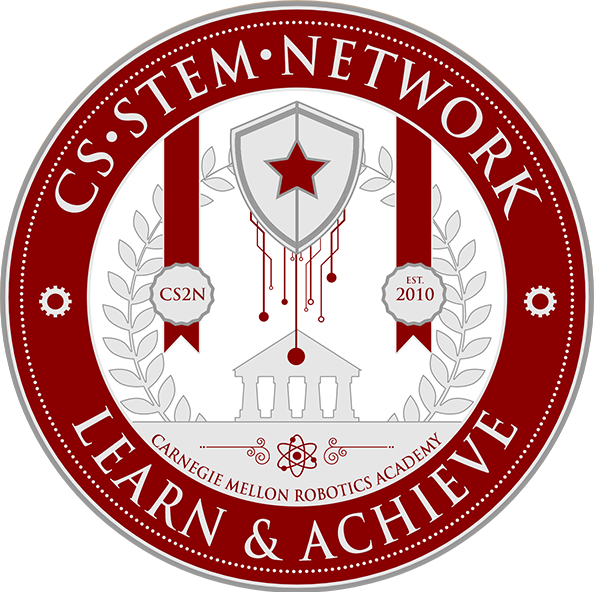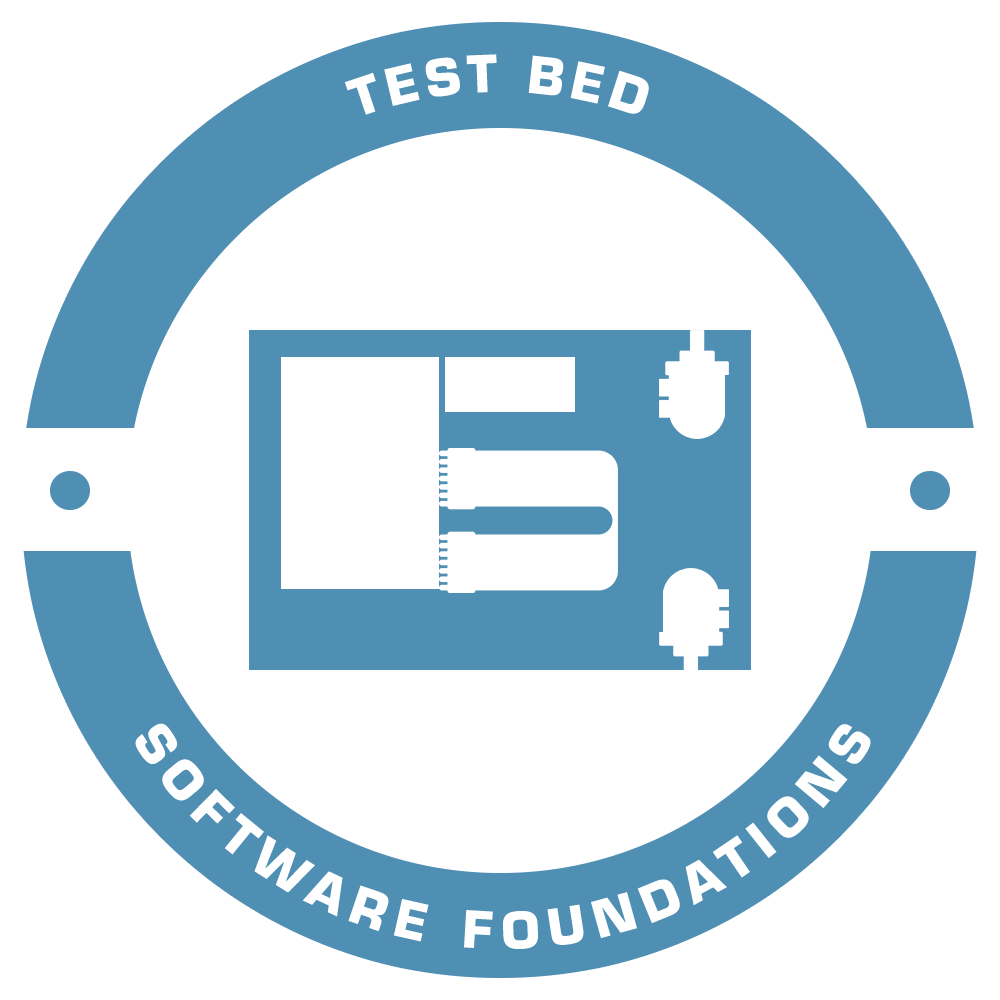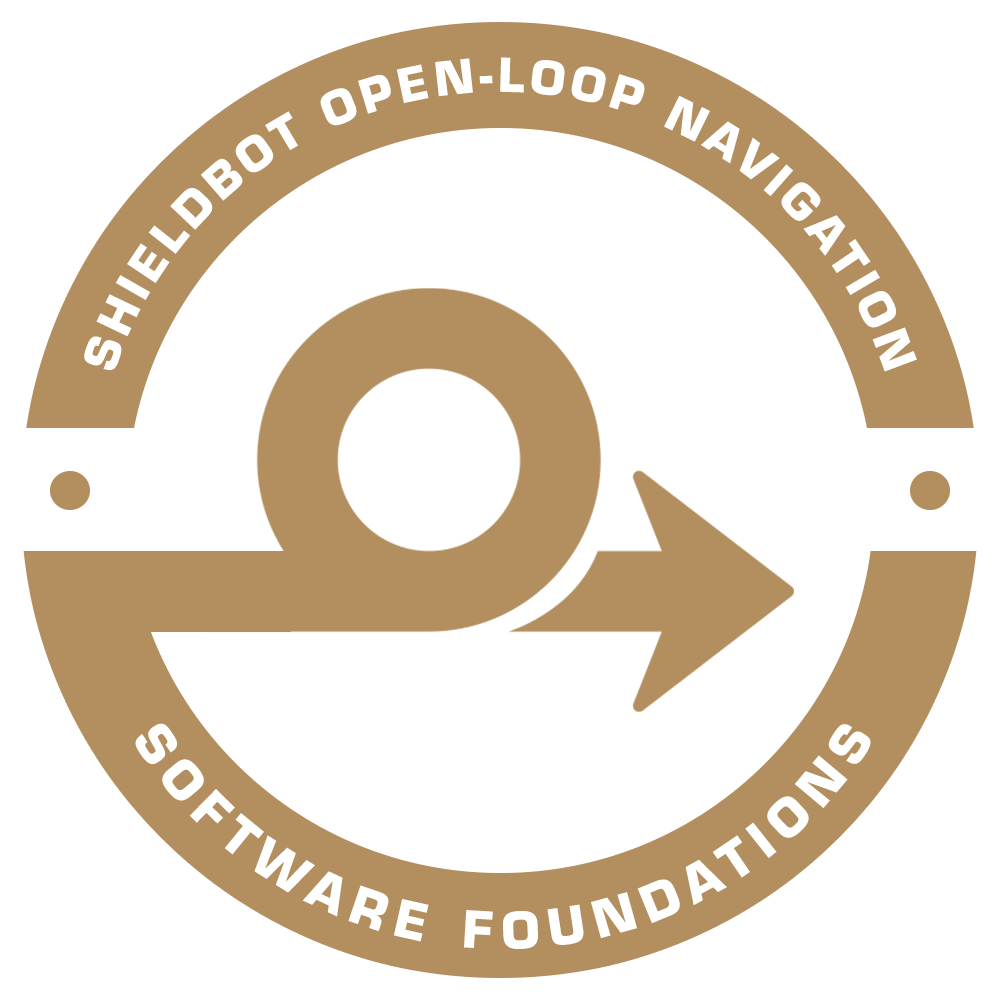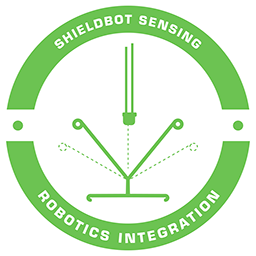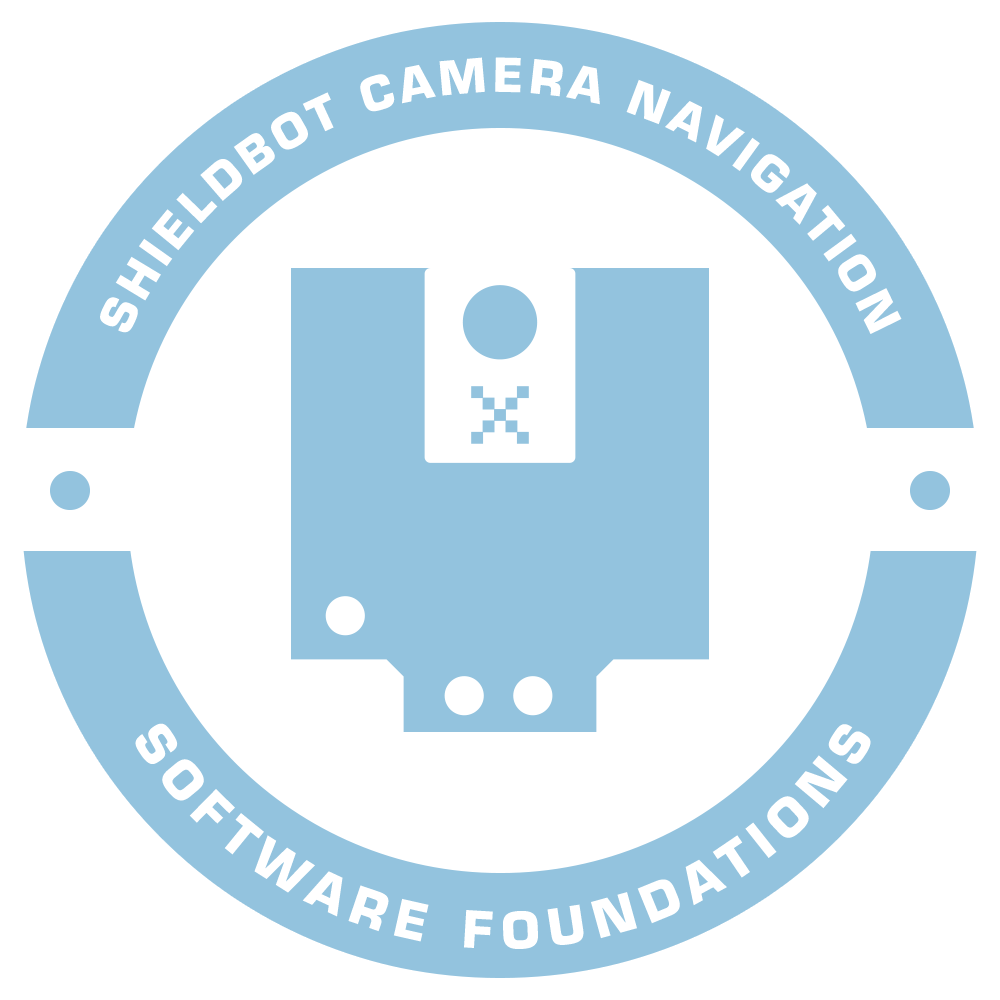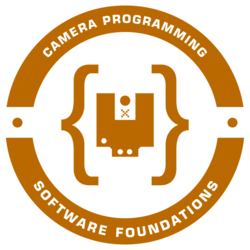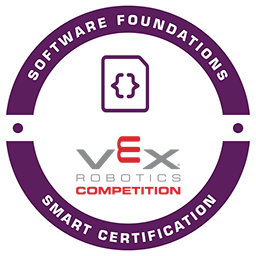
Software Foundations (through VRC)
VRC: Applying for your Software Foundations Micro-Certification
As a member of a VEX Robotics Competition (VRC) team, you have built up a number of valuable technical skills. Micro-Certifications, brought to you by RECF and the Carnegie Mellon Robotics Academy, let you showcase these skills as part of a college application or resume, or simply let others know what you have accomplished through VRC.
The Software Foundations Micro-Certification covers all of the concepts that were covered in Robotics Integrations as well as programming sensors, and a vision system (or camera).
The exam portion of this Micro-Certification will test your knowledge of these concepts to determine if you meet or exceed the foundational knowledge needed as a Robotics Technician.
To apply for yours:
As a member of a VEX Robotics Competition (VRC) team, you have built up a number of valuable technical skills. Micro-Certifications, brought to you by RECF and the Carnegie Mellon Robotics Academy, let you showcase these skills as part of a college application or resume, or simply let others know what you have accomplished through VRC.
The Software Foundations Micro-Certification covers all of the concepts that were covered in Robotics Integrations as well as programming sensors, and a vision system (or camera).
The exam portion of this Micro-Certification will test your knowledge of these concepts to determine if you meet or exceed the foundational knowledge needed as a Robotics Technician.
To apply for yours:
- (Optional) Review the lesson materials to brush up and see what is covered by the exam
- [REQUIRED] Upload photos of your work to your portfolio according to the prompts
- [REQUIRED] Obtain approval of your uploads by CMRA or a Certified Teacher**
- [REQUIRED] Take the online exam (60 min, multiple choice, passing = 70%)**
- **Requires purchasing Student Certification Access and have CMRA or a CMRA Certified instructor approve uploads

In this section, we will review taking inventory of parts that are available in a kit. When technicians receive a kit, they must keep track of parts using a checklist, and perform a series of tests with the system to ensure proper functionality.
In this section, we will review scenarios where you receive a robot kit that comes in separate subsystems: Mobility, Power, and Control. We will review testing the system using basic movement and open-loop navigation.
This unit covers using sensors with your robot to help sense its environment. Some basic sensors could be tactile sensors (e.g. bumpers, touch, whiskers), and light or color-based sensors (e.g. phototransistors).
In this section, we take a look at utilizing vision systems (or cameras) to help with navigating a robot.
This section covers a more in-depth look into programming with the camera. You may have used a camera before to help with navigation, but doing more complex tasks with the camera involves some more advanced programming.
